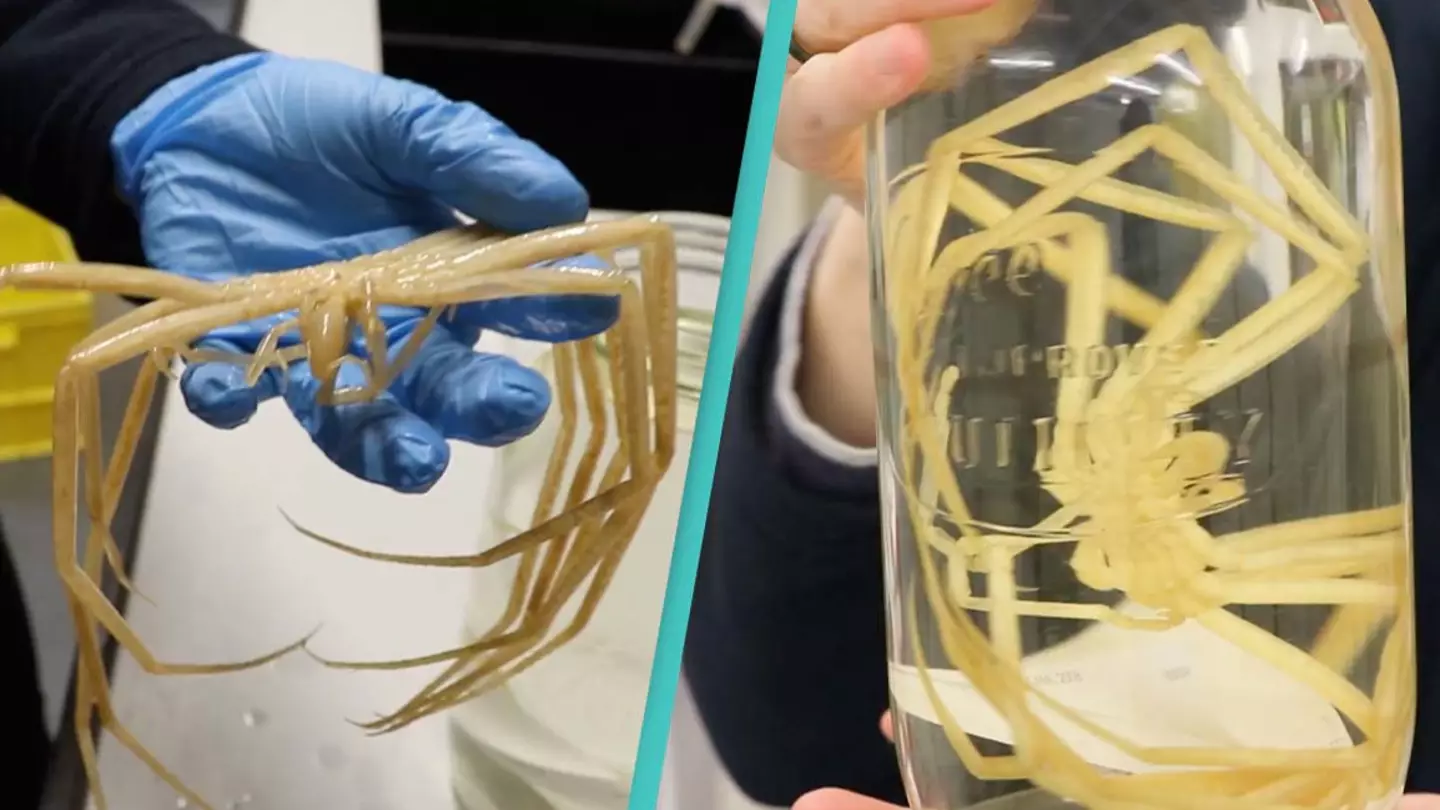
Mystery behind giant sea spiders finally uncovered by scientists after 140 years
Researches have observed two giant sea spiders in captivity that have answered one of the oldest mysteries tied to the creatures
 Gerrard Kaonga
Gerrard Kaonga
Gerrard is a Journalist at UNILAD and has dived headfirst into covering everything from breaking global stories to trending entertainment news. He has a bachelors in English Literature from Brunel University and has written across a number of different national and international publications. Most notably the Financial Times, Daily Express, Evening Standard and Newsweek.